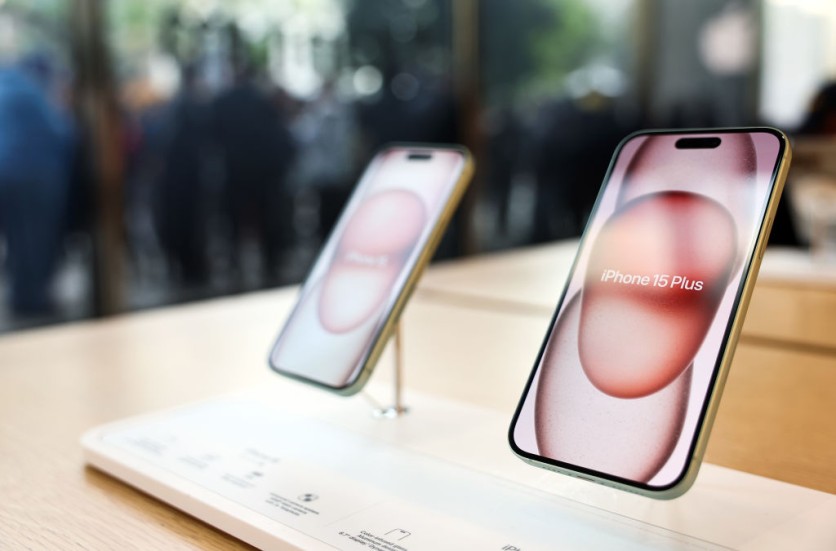Apple is actively exploring solutions to maintain the impressive quality of its screens while enhancing privacy. Two recently granted patents shed light on the company's diverse strategies to address this challenge.

Exploring Solutions to Enhance Privacy
Apple is poised to introduce cutting-edge screen technology that not only elevates image quality but also prioritizes user privacy, marking a significant advancement in display innovation.
The first patent, titled "Privacy films for curved displays," suggests the application of a protective layer on the screen. This layer functions akin to a polarizing film, allowing light to emerge in a specific direction.
When the user is positioned correctly in front of the screen, they experience the full brilliance and retina-quality display. However, individuals attempting to view the screen from even slightly to the left or right will either see nothing or, more likely, a distorted image.
While this approach offers privacy benefits, Apple Insider reported that it doesn't deter someone from standing directly behind the user and looking over their shoulder, presenting potential concerns in certain office setups.
Altering the Viewing Angle of the Display
Recognizing the limitations, Apple has another concept in mind, though it appears to be tailored for traditional flat monitors rather than curved ones.
In the second recently granted patent titled "Displays with adjustable angles of view," Apple explores a more nuanced strategy compared to simply applying a film layer over the screen.
The innovative approach involves the concept of altering the viewing angle of the display, potentially allowing users to control it according to their preferences. Apple envisions the integration of an "electrically controllable filter" into the display, providing users with the ability to adjust the polarization of the screen.
Unlike the privacy film proposal, Phone Arena reported that this patent suggests incorporating the privacy feature directly into the display through a series of substrate layers.
The patent outlines the inclusion of an additional layer of liquid crystal between these polarizing layers. This liquid crystal element could incorporate a color filter, restricting images with specific colors to the user in front of the display.
While limiting certain colors instead of the entire screen might seem less practical, historical practices of privacy-conscious organizations printing classified reports on specific color pages suggest otherwise. Apple's forward-thinking patent aims to revolutionize privacy solutions for displays.
The brilliance of high-resolution screens with expansive viewing angles poses a privacy concern, allowing others to glimpse your on-screen activities easily. Apple is actively addressing this issue with innovative screen technology in the pipeline for iPhones and Macs.
Traditionally, Apple's focus on display announcements, exemplified by products like the Studio Display, revolves around image quality, resolution, and the renowned "retina display" features. While improvements in size and resolution are constant, ensuring that the dazzling image quality is visible only to the user remains an unaddressed challenge.
Current Apple displays offer nearly a 170-degree field of view, making it susceptible to prying eyes. This vulnerability raises concerns, particularly in government and security settings, emphasizing the need for enhanced privacy protection.
Related Article: Apple to See Delay on iPhone 15 Display Production, To See Shortage on Release?

ⓒ 2025 TECHTIMES.com All rights reserved. Do not reproduce without permission.




